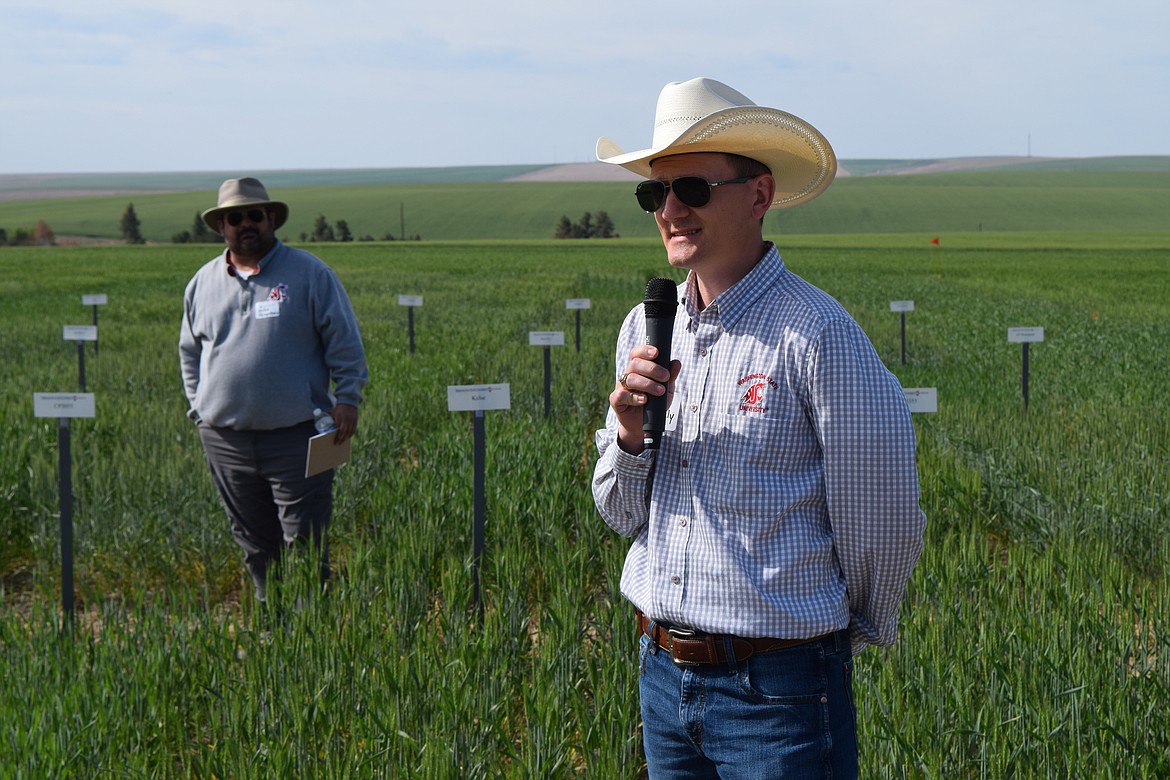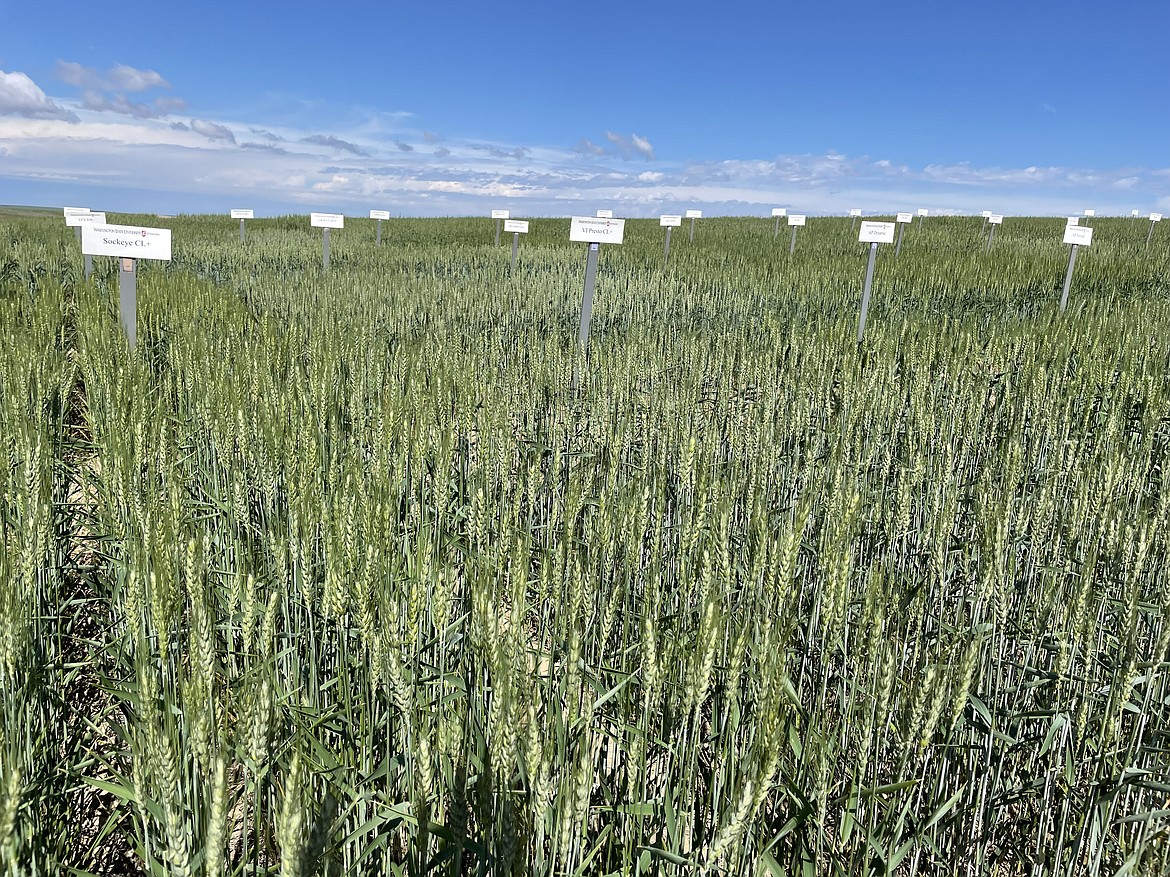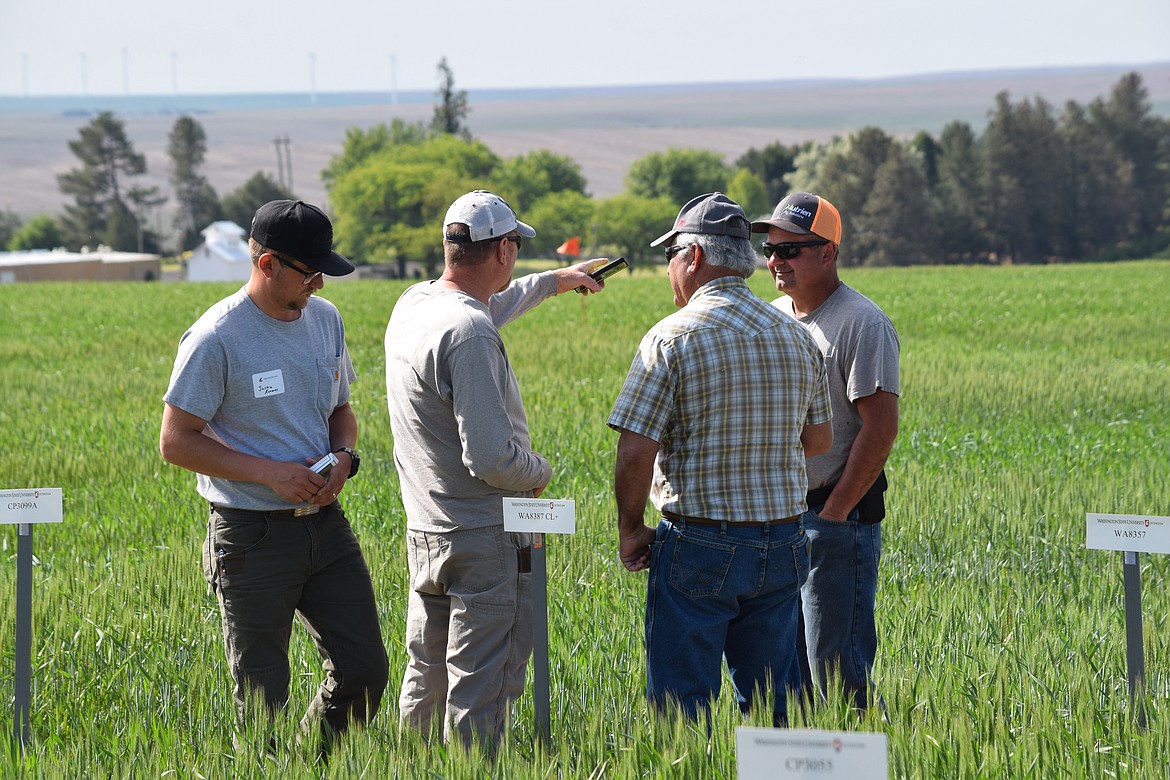Field day returns to WSU wheat farm
LIND — Washington State University wheat researcher Mike Pumphrey said that after last year’s drought and heat wave, he simply did not expect it to rain as much as it has this year.
Become a Subscriber!
You have read all of your free articles this month. Select a plan below to start your subscription today.
Already a subscriber? Login





